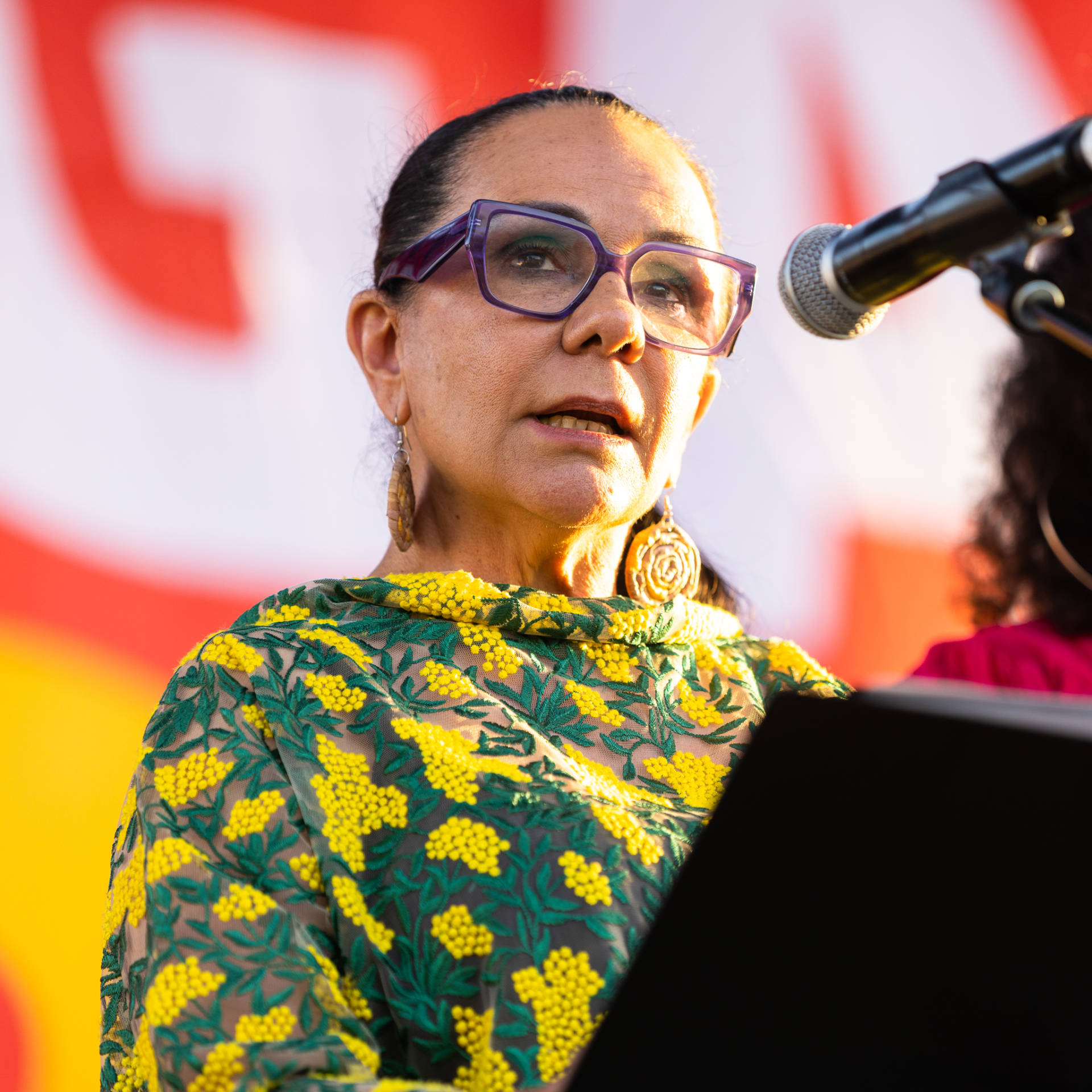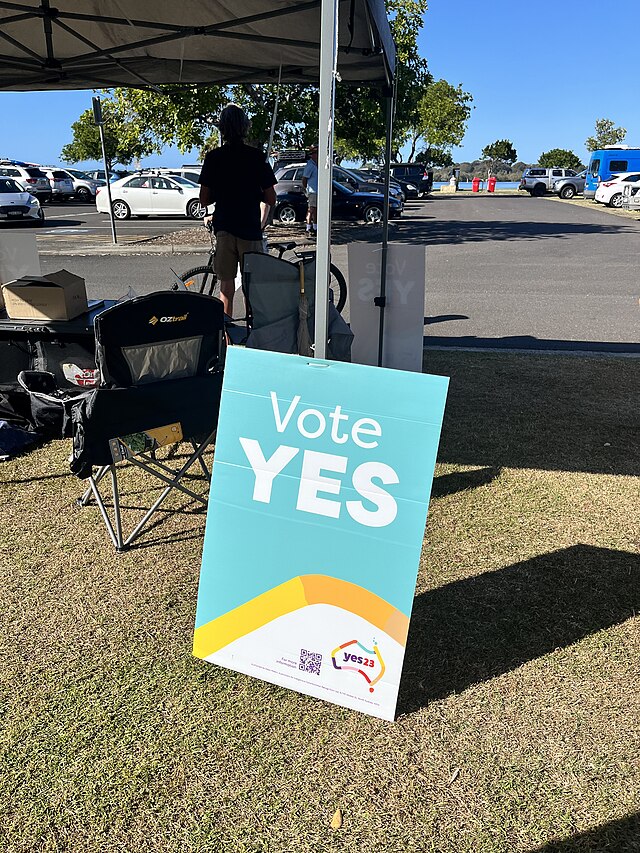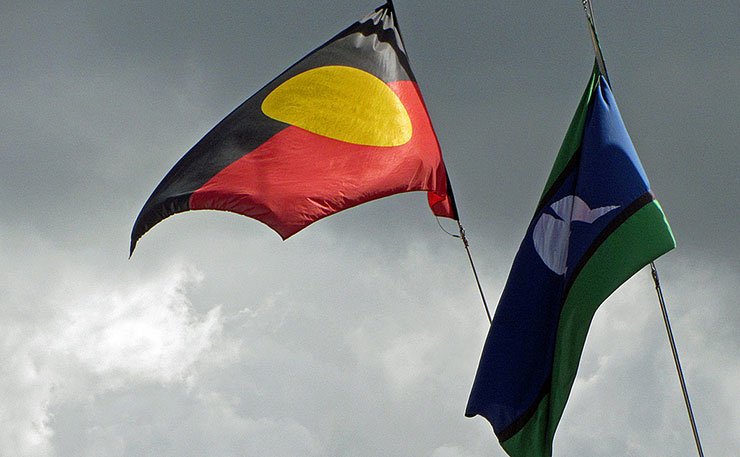Indigenous Australians Minister Linda Burney is looking at boarding options for Aboriginal students.(Linda Burney Facebook)
The federal and Northern Territory governments are looking at boarding options for Indigenous school students in central Australia.
On Tuesday, federal Indigenous Affairs Minister Linda Burney, federal Education Minister Jason Clare and Lingiari MP Marion Scrymgour announced a multi-agency assessment of boarding school options and capacity.
“It is important to understand the current provision of supported student accommodation, existing expansion proposals and the needs of remote students,” Ms Burney said.
“The approach to education in central Australia must focus on the needs and aspirations of young people and their families.”
The assessment, which is due by the end of the year, will include consultation with the Central Australian Aboriginal Leadership Group, the Central Australian Regional Controller and local schools that may be seeking to establish or expand accommodation options.
Local schools Yirara College and St Philip’s College already take boarders.
Yipirinya is a community controlled, independent school that is governed by an Aboriginal council.
It teaches in five languages, Central Arrernte, Warlpiri, Luritja, Western Aranda and English.
The school has about 300 students across both primary and secondary.
Last year Yipirinya made an application to the National Indigenous Australians Agency for $12 million funding to build a boarding facility.
Yipirinya school principal Gavin Morris urged all stakeholders to expedite the assessment.
“In Alice Springs we have an impending crisis looming for our community this summer, escalating the need for secure and safe accommodation for our students and families,” he said.
Mr Clare said as part of the $250 million plan for A Better, Safer Future for Central Australia, an additional $40.4 million hac been allocated to the 46 schools in the region for on-country Learning.
Ms Scrymgour said it was important to work through the boarding needs and views from the local community in Central Australia.
“This approach is aimed at making sure federal funding is targeted, accountable and in line with the needs of the community,” she said.
The assessment will be conducted by the National Indigenous Australians Agency, with the Commonwealth and Territory education departments and will also be informed by the findings of the NT government’s Review of Secondary Schooling.
AAP





